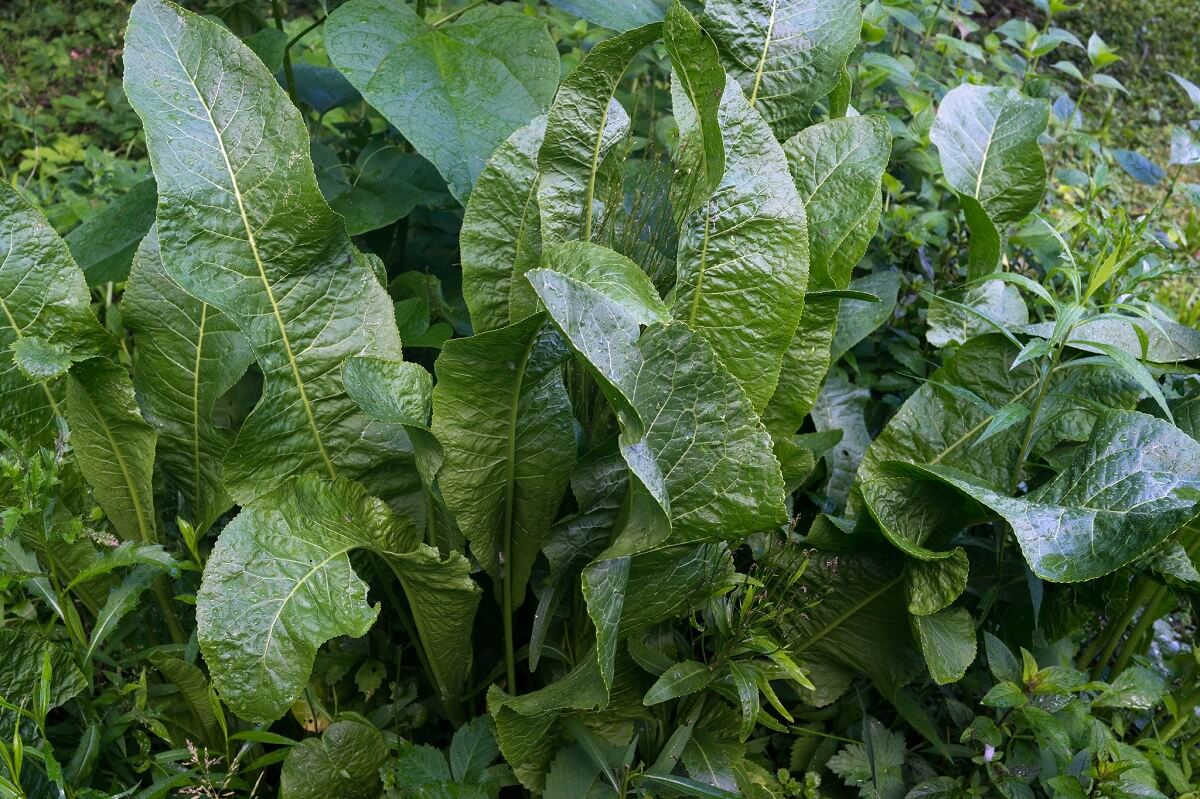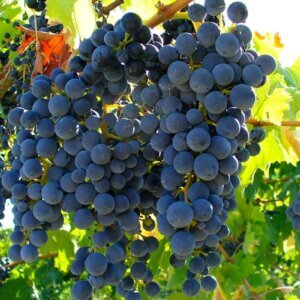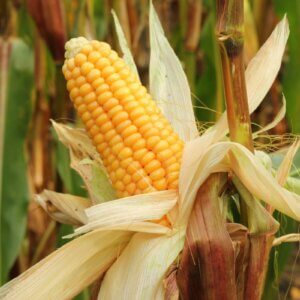Horseradish, a member of the mustard family and a close cousin of both cauliflower and the common radish, deserves a place in the homestead garden.
Cultivated for its thick, creamy white or yellowish roots, horseradish derives its heat from isothiocyanate, a unique volatile compound oxidized when exposed to air and saliva. The spicy taste, pungent aroma, and hot taste sensation make horseradish one of America’s favorite condiments.
A 3,000-year-old plant long valued for its medicinal and gastronomic merits, horseradish is an herbaceous perennial root vegetable that earned its horsey name to set it apart from the ordinary garden radish used in salads and slaws.
Horseradish Growing Conditions
Native to eastern Europe, horseradish is an herbaceous perennial herb sporting large, deep green to yellowish elongated leaves. The hardy plant reaches a height of 2 to 4 feet at maturity and does well in a sunny location along a wall or fence line.
Related Post: 5 Perennial Herbs For Fresh Garden Flavor All Year Long
Plant horseradish in a sunny spot and well-composted soil where it will receive plenty of moisture. Horseradish requires 1 to 2 inches of water a week. Make sure to water liberally during periods of extended drought. Horseradish thrives in USDA zones 3 to 7 and does best in regions where cold winters that provide the required root dormancy are offset by long, hot summers for root development.

Horseradish grows almost anywhere with little care. However, the roots will be larger, thicker, tastier, and less branched when given proper tending, plenty of water, and organic fertilization. Although horseradish is drought-tolerant, the roots grow tough and woody when deprived of water.
Horseradish plants can be somewhat invasive. Reserve a spot in the homestead garden for horseradish only. The tiniest root, left at harvest time, will develop into a sizeable plant. Once horseradish is planted, you will have an endless supply to share with friends and family.
Planting Horseradish Root
Although you can start horseradish from seeds, the easiest way to establish horseradish in the homestead garden is to buy a couple of plants online or get a cutting from a local gardener. In late spring, turn the soil, and break up any large clods and clumps.
Add organic garden compost and aged herbivore manure (cow, horse, pig, sheep, chicken, or goat) and work it into the soil. Water well to saturate.
Related Post: How To Make Compost Tea
Although horseradish grows in most any nutrient-rich soil, it thrives when cultivated in soil with a pH of 6.0 to 7.5. Because your horseradish plants suck up the nutrients from the soil, they will benefit from a regular top dressing of aged organic garden compost.
Plan to plant your horseradish transplants at least 12 to 18 inches deep. Space horseradish plants one to two feet apart. In the spring, the tender new leaves are a tasty treat so add them to a salad or slaw, or use a few sprigs to add flavor to a soup or stew.
To create a flavor-packed vinaigrette dressing to complement spring greens, put a couple of fresh horseradish leaves in a vinegar curette and fill it with organic rice wine vinegar. Add a touch of honey to enhance the flavor with a bit of sweetness.
Harvesting Horseradish
Plan to harvest horseradish in the fall before the first frost. Dig up the roots and shake off excess soil.
Store horseradish root in your root cellar in damp sand or use a sealed plastic bag in the refrigerator. Grate the root as needed.
Recommended Horseradish Varieties
If you are looking for the most tenacious, fastest-growing plants with the largest roots, choose Maliner Kren, a German variety popular with commercial growers.
Variegata is a hardy cultivar presenting creamy variegated leaves. It’s an excellent landscape plant for shaded areas against a wall. Variegata is noninvasive and also tolerates shade.

Talk to your local county extension office. If white rust or mosaic is a common problem, choose the horseradish variety New Bohemian. It’s easy to grow, known to produce thick, white roots, and resistant to mosaic and white rust.
Few garden centers or nurseries stock horseradish roots. Look for them online or obtain a root cutting from a friend or local gardener who cultivates the plant.
How To Preserve Horseradish
When it comes to preserving horseradish, add vinegar immediately to the ground root for a more mellow batch. If you want a hotter batch that’s guaranteed to clear your sinuses, wait a bit longer before adding vinegar.
Caution: When grating fresh horseradish, wear protective rubber gloves, and handle the root the same way you would when chopping fresh hot peppers. Don’t be surprised if prepping horseradish brings tears to your eyes and volatile airborne oils burn your nostrils (like a fresh hot pepper or onion).
Related Post: Fire Cider
Should you have an abundance of horseradish root, grind and pickle it with organic apple cider vinegar, a sprig or two of fresh basil, thyme, and rosemary.
Ingredients
- Apple cider vinegar
- Fresh basil
- Thyme
- Rosemary
- Honey (optional)
Directions
- Grate enough horseradish root for a standard-size canning jar.
- Add a sprig or two of fresh basil, thyme, and rosemary.
- Add organic honey to taste.
- Bring mixture to a mild boil. Simmer until thick and translucent.
- Pack in sterile hot glass jars, allowing one-half inch of headroom.
- Wipe off the rim of the jar with a clean cloth dipped in boiling water.
- Center lids, and seal finger tight.
- Place in a water bath, covering jars with 2 inches of water.
- Bring to a boil, reduce heat, and simmer for 15 minutes.
- Use tongs to carefully remove jars from the canner, placing them on a dry towel or wood rack to cool.
- Store for enjoyment during the winter.
A great gift, homemade horseradish sauce is a worthy condiment to serve with country ham or cold roast beef.
Horseradish History
Historical records note horses are fond of horseradish leaves. Some folks trusted horseradish syrup to clear nasal congestion while others believed the pungent root contained the cure for everything from tonsillitis to tuberculosis. Because of horseradish’s exceptionally high vitamin C content, the white root acts as a centuries-old remedy for skin sores and scurvy.
In Germany, the pungent root is known as a sea radish (meerrettich) because it grows in sandy grasslands close to the sea. By the mid-1600s, the British discovered horseradish, and proclaimed the pickled preserve a necessary flavor accompaniment to oysters and beef.
Because the condiments became so popular with both laborers and the upper class, the English actively cultivated the perennial plant in both urban and rural gardens.
References:
- Horseradish History, Horseradish.org
- Horseradish in the Garden, Utah State University










































Leave a Reply